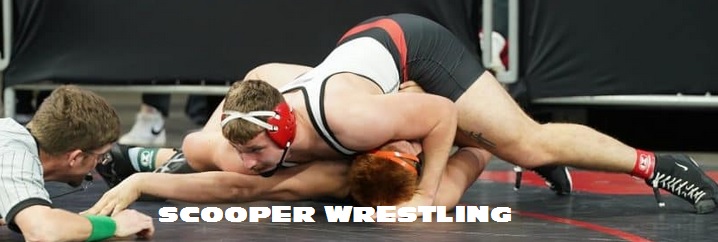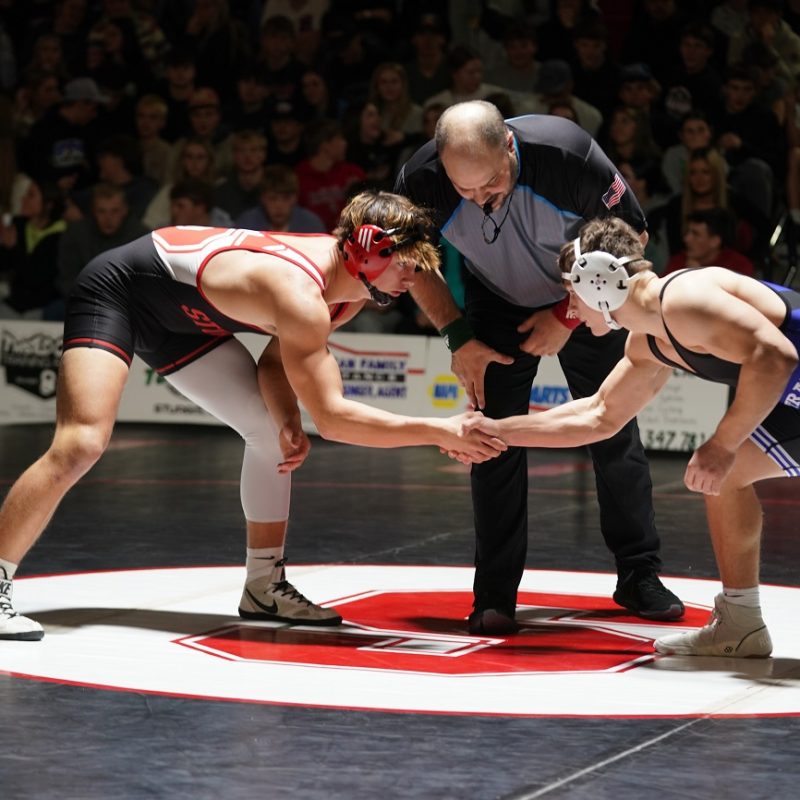PIERRE, SD – A series of juvenile justice reforms enacted in South Dakota over the past decade have kept more low-level youth offenders out of detention centers and away from criminal activity that could land them in the adult system, according to state officials.

But state data show that youth of color — who make up a wide majority of the population in the juvenile justice system — have not benefited as much from the reforms and are still being detained in locked facilities at much higher rates than white youths.
In the early 2010s, South Dakota placed children in a detention center after an arrest at a higher per-capita rate than any other state in the country, and almost half of the youth offenders who spent time in a detention facility ended up in the criminal justice system.
At the time, there were very few options outside of locked detention centers for youth involved in the justice system in South Dakota, which contributed to high youth incarceration populations, according to a report by the state Juvenile Justice Oversight Council.
In many situations, putting children in a detention center was the only way for them to get help, and low-offending minors often mixed with youths accused of more severe offenses.
That prompted lawmakers, judges, attorneys and advocates to consider whether committing children to a correctional facility was the best way to respond to juvenile crime, laying the groundwork for a set of reforms passed in 2015 aimed at decreasing the number of youth who are put in detention for low-level offenses, increasing youth court attendance and lowering recidivism.
The reforms didn’t necessarily result in fewer youth committing felony crimes, but they did raise the threshold for when youths are placed in detention, and increased the number allowed to enroll in community-based diversion programs.
A major goal of the reforms has been to keep children who are accused of misdemeanors or low-level felonies out of locked detention centers where they lose contact with family and community, and where instead they come in close contact with youths who committed more significant crimes, some of which are serious enough to be handled in adult court.
“We’re attempting to minimize the effects of labeling youth as offenders,” said Annie Brokenleg, coordinator of the state Juvenile Detention Alternatives Initiative, which encompasses the state reform efforts. “The farther a kid is processed through the system, the higher their chance of offending in the future.”
Since JDAI was enacted, more children are being put into diversion programs within local communities rather than being sent to a locked detention facility potentially hours away from their home. The reforms aim to keep low-level offenders out of locked facilities while awaiting trial and also reduce the number of youths who are convicted and sent to secure facilities to serve their sentence.
Since 2011, admissions into youth detention centers have decreased by 81% in Minnehaha County and by 64% in Pennington County, the state’s two population centers.
But major challenges remain, especially among Native Americans, other minority populations and emotionally troubled youths who enter the justice system at disproportionately high rates in South Dakota. Juvenile justice officials say the state needs more treatment options for youth with mental health needs and more cultural-specific programs for youth of color.
Data from the Juvenile Justice Oversight Council and Kids Count identified an increasing over-representation of Native American youths and Black youths in the juvenile system over the past decade.
The number of youth of color admitted to a detention center has decreased overall, but the proportion of youth of color who are detained in locked facilities is still disproportionate compared to white youth.
In 2014, counties with the juvenile justice reforms in place reported that 75% of the youth admitted to a detention facility while their case worked through court were youth of color, according to Kids Count. In 2020, the proportion of youth of color admitted to facilities from those same counties had increased to 81%.

In 2011, Native American youth were 23% of the state youth population, but Native youth made up 45% of those put into temporary custody and 48% of the new commitments to the Department of Corrections, according to a 2015 state report.
Now, about 60% of the youth in the locked juvenile services center in Rapid City are Native American, said Joe Guttierez, Pennington County Juvenile Services Center Commander.
Overall, about 81% of the youth admitted to that detention center in 2020 were youth of color, according to data from Kids Count. In Minnehaha County, 68% of youth admitted into a detention facility last year were youth of color, compared to 61% in 2011.
New efforts are being made to expand culturally sensitive programs to reach more youths, and to increase access to services for children in rural areas, she said.
Juvenile justice reforms that are keeping more South Dakota youthful offenders out of locked facilities have had some unexpected negative outcomes. Putting fewer youths in detention has put more responsibility on families, law enforcement and schools to manage youths who are repeatedly disruptive but whose behaviors do not warrant incarceration.
School expulsions were on the decline until last year, when they more than doubled from the year prior. The 33 students expelled from schools statewide from July 2019 to July 2020 was the highest number of expulsions since 2016, when 22 students were expelled.
Law enforcement agencies sometimes see the same child over and over again and can’t put them in detention because of a suggestion based on the risk assessment tool.
Families frustrated by ongoing teen misbehavior sometimes want their child to be taken to a detention center in hopes of changing their behavior, but may be unable to do so under the reformed system, said Davison County Juvenile Diversion Director Katie Buschbach.
In Minnehaha County, Juvenile Detention Center Director Jamie Gravett said the reforms already in place would be enhanced by increasing long-term mental health services for juveniles.
“We need to come up with a better solution for mental health problems,” Gravett said.
Gravett and Guttierez also said they are seeing younger children get involved in crime and substance use, particularly abuse of alcohol, making the need for diversion programs even greater. Overall in 2020, about 3,700 youths were arrested for a crime in South Dakota.
The pilot juvenile alternatives initiative was introduced in Pennington and Minnehaha counties in 2011 and then expanded statewide four years later alongside a cluster of changes brought with the Juvenile Justice Public Safety Improvement Act approved by the Legislature in 2015.
Several juvenile diversion programs have seen success over the past decade. About 60% of families who participated in functional family therapy from July 2019 to July 2020 completed the program, and about 90% said they experienced a general positive change in family relationships.
About 64% of youth enrolled in aggression therapy completed the program and 92% of parents say their children reacted positively to the treatment.
The number of youth who do not reoffend within three years of attendance in a probation or diversion program has increased from 65% in 2014 to about 85% last year.











